There's something magical about walking into a space that instantly makes you exhale and let your shoulders drop. You know the feeling – that immediate sense of "ahh, I'm home" that washes over you. Creating a cozy, relaxing atmosphere in your living space isn't just about pretty decor; it's about crafting an environment that truly supports your well-being and helps you recharge from life's daily demands.
Whether you're coming home after a long day at work, recovering from travel, or simply wanting to create a sanctuary for those precious weekend mornings with your favorite cup of coffee, your space should work for you, not against you. Let's explore how to transform any area of your home into a peaceful retreat that encourages rest, reflection, and genuine relaxation.
The Foundation: Lighting That Soothes
Lighting is perhaps the most transformative element in creating a cozy atmosphere, yet it's often overlooked. The harsh fluorescent lights that might work in an office have no place in your relaxation sanctuary.
Start by maximizing natural light during the day. Open those blinds, pull back heavy curtains, and let sunshine flood your space. Natural light not only brightens your mood but also helps regulate your circadian rhythm, making evening relaxation feel more natural and restful.
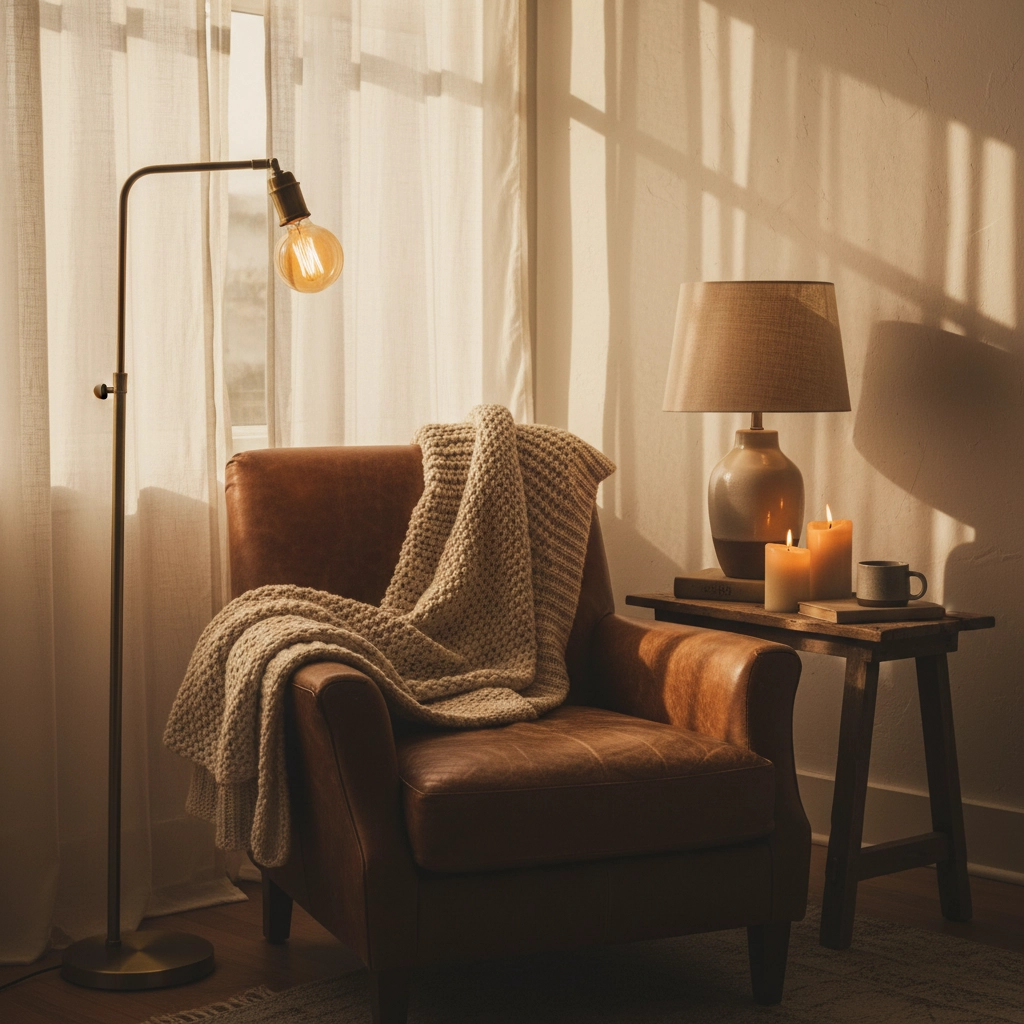
For evening hours, think layers. Instead of relying on a single overhead light, create multiple light sources at different levels. Floor lamps, table lamps, and wall sconces give you the flexibility to adjust the ambiance based on your activity. Reading requires slightly brighter light, while meditation or gentle conversation calls for something softer and more diffused.
Consider investing in dimmer switches or smart bulbs that allow you to fine-tune the mood throughout the day. Warm-toned bulbs (around 2700K-3000K) create that cozy, golden glow that makes any space feel more intimate and welcoming. Cool, blue-toned lighting might keep you alert, but it won't help you unwind.
Colors and Natural Elements That Calm
The colors surrounding you have a profound psychological impact on your stress levels and ability to relax. While everyone's preferences differ slightly, certain color palettes consistently promote tranquility.
Soft, muted tones work best for relaxation spaces. Think gentle blues that remind you of clear skies, sage greens that echo peaceful meadows, and warm neutrals like cream, beige, and soft gray. These colors create visual harmony without overwhelming your senses.
But don't feel limited to completely neutral palettes. Earthy tones like warm terracotta, soft mushroom brown, or dusty rose can add personality while maintaining that soothing quality. The key is avoiding anything too bright, bold, or jarring that might overstimulate your nervous system when you're trying to decompress.
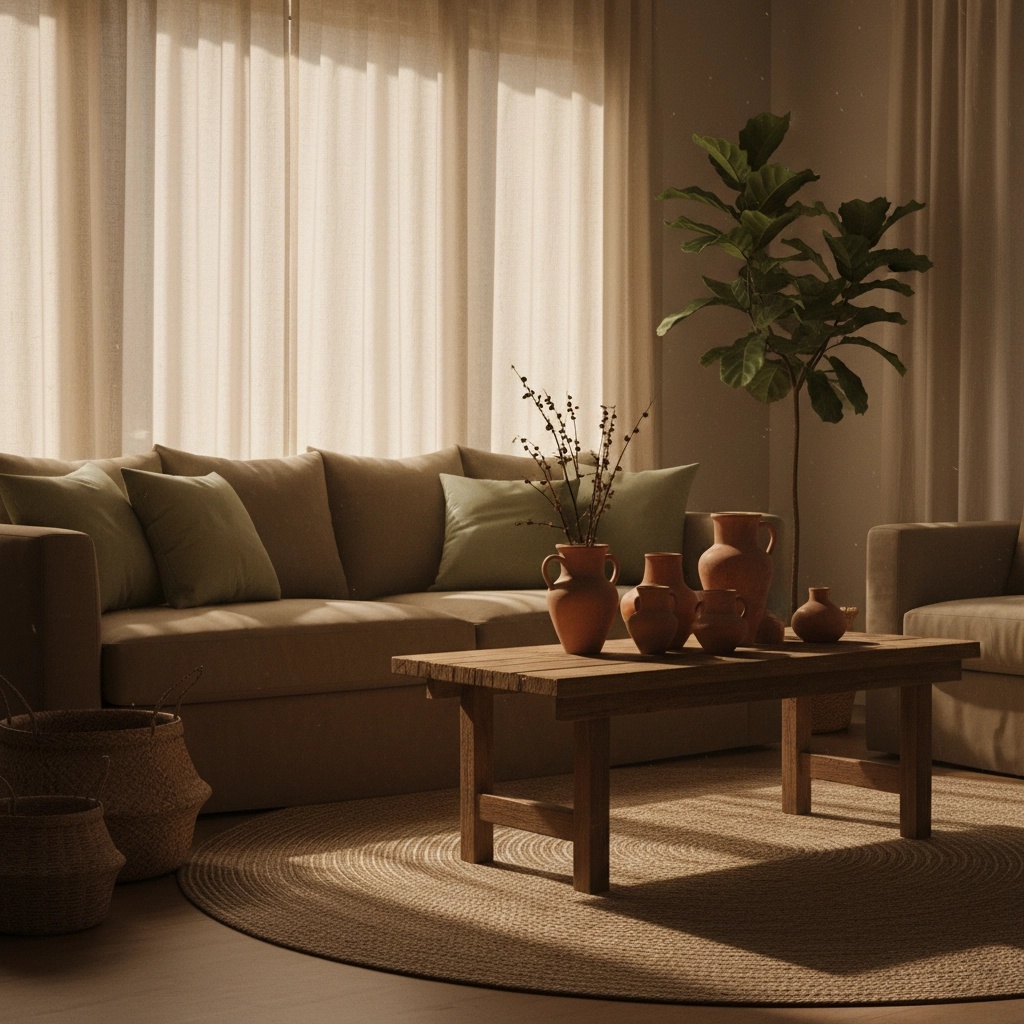
Bringing nature indoors amplifies the relaxing effect exponentially. Indoor plants don't just look beautiful – they actively improve air quality and have been scientifically proven to reduce stress hormones. You don't need a green thumb or a jungle of plants; even a single snake plant or pothos can make a significant difference.
Natural materials like wood, stone, and woven fibers add texture and warmth that synthetic materials simply can't replicate. A wooden coffee table, stone coasters, or a jute area rug all contribute to that grounded, organic feeling that helps you feel more connected and calm.
Comfort: Where Function Meets Bliss
A truly relaxing space must be genuinely comfortable, not just Instagram-worthy. This means prioritizing furniture and textiles that actually support your body and invite you to linger.
Invest in seating that you can truly sink into. Whether it's a plush armchair, a sectional sofa with deep cushions, or even a comfortable floor cushion setup, your furniture should support extended periods of relaxation. Test furniture before buying – sit in it for at least 10 minutes to ensure it's actually comfortable, not just attractive.
Layer soft textiles throughout your space. Throw blankets, cushions, and pillows in natural materials like cotton, linen, and wool create both visual warmth and physical comfort. Having a soft blanket within arm's reach makes any seating area feel more inviting and cozy.
Consider the layout of your furniture, too. Arrange seating to promote conversation and connection, whether with family, friends, or even just with yourself during quiet reflection time. Avoid pushing all furniture against walls – creating intimate seating arrangements makes spaces feel more welcoming and less formal.
The Power of Organization and Simplicity
Clutter is the enemy of relaxation. When your space is chaotic, your mind often follows suit, making it nearly impossible to truly unwind. Creating a calming atmosphere requires intentional organization and, sometimes, letting go of excess.
Start small to avoid overwhelm. Choose one drawer, one shelf, or one corner to declutter completely. The goal isn't perfection – it's creating breathing room for your mind. Remove items that don't belong in your relaxation zone, and find proper homes for the things that do.
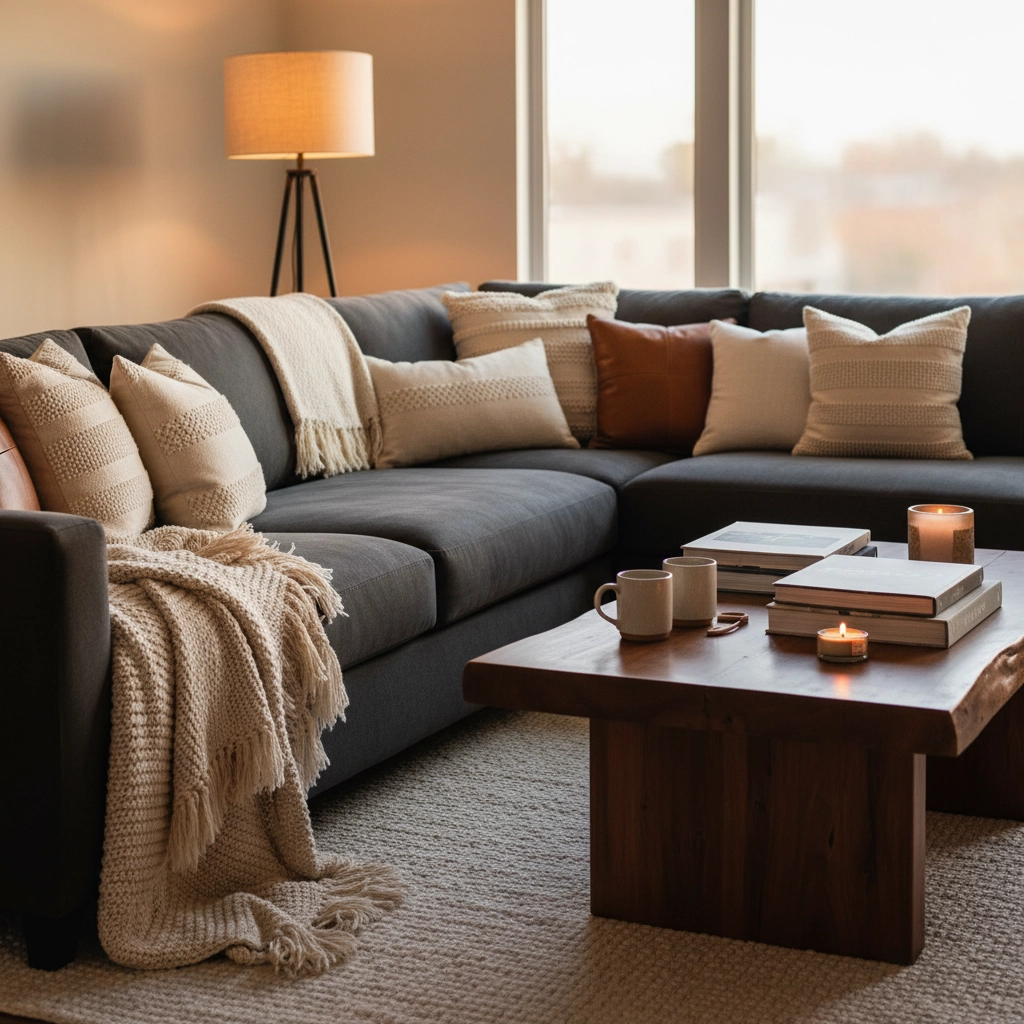
Implement simple storage solutions that keep necessary items accessible but out of sight. Baskets, decorative boxes, and furniture with built-in storage can help maintain that clean, serene look while keeping your space functional.
Remember that "organized" doesn't mean sterile. Your relaxation space should still reflect your personality and include items that bring you joy. The key is being intentional about what you display and ensuring everything has a purpose or brings you happiness.
Engaging Your Senses: Scents and Sounds
A truly cozy atmosphere engages all your senses, not just sight. The right scents and sounds can instantly transport you to a state of relaxation, even if you only have a few minutes to spare.
Natural scents work best for creating a calming environment. Essential oils, scented candles (choose clean-burning options like soy or beeswax), or even simple approaches like opening windows for fresh air can transform the atmosphere. Lavender, sandalwood, and vanilla are classic relaxation scents, but don't overlook the naturally comforting aroma of freshly ground coffee beans.
Speaking of coffee, the ritual of brewing and enjoying a perfect cup can become a cornerstone of your relaxation routine. Whether you prefer the bright, clean notes of our single origin blends or something more complex, having quality coffee as part of your cozy space makes every moment feel more intentional and special.
Create playlists of truly calming music – instrumental pieces, nature sounds, or soft acoustic melodies that support relaxation rather than demanding attention. The key is choosing sounds that fade into the background and support your desired mood without becoming a distraction.
Creating Your Perfect Coffee Corner
Every relaxation space needs a dedicated area for life's simple pleasures, and what's more universally comforting than a perfectly crafted coffee corner? This doesn't require a full kitchen renovation – even a small side table can become your personal café sanctuary.
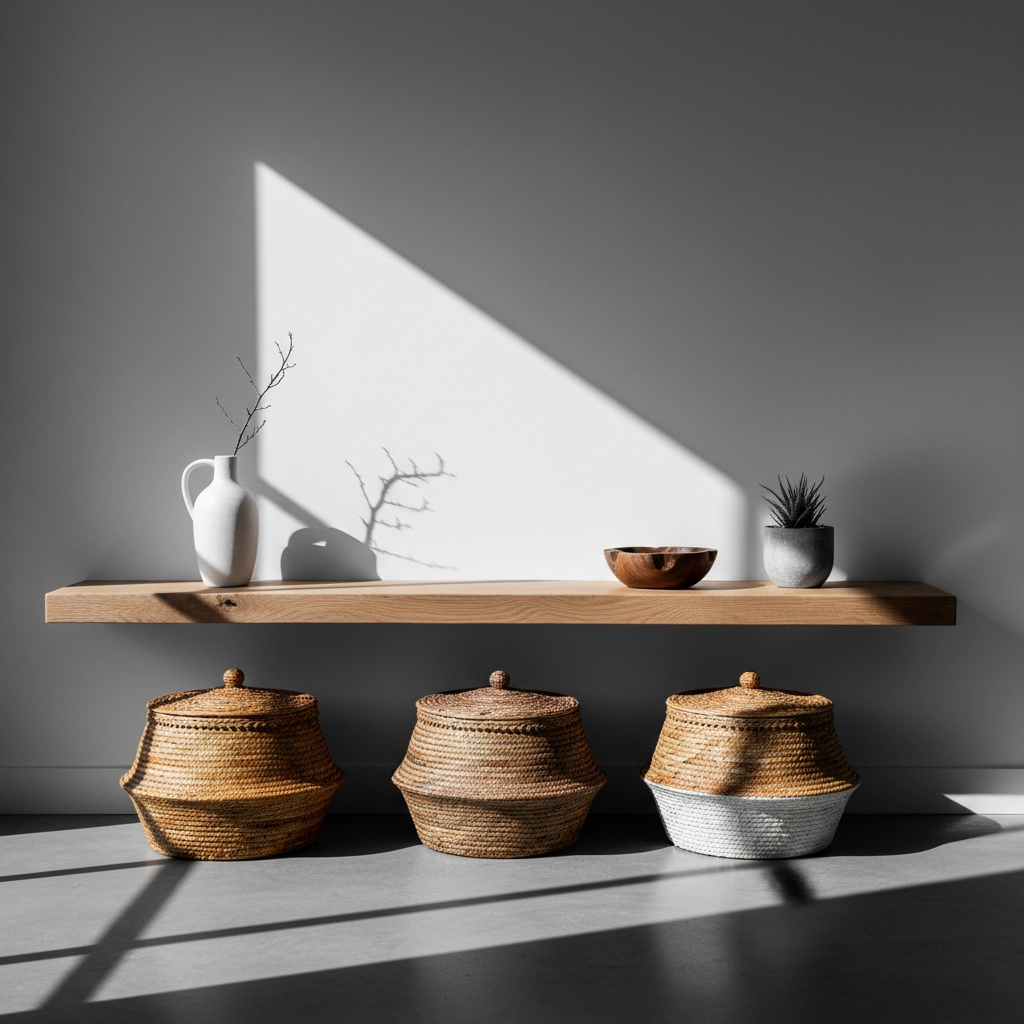
Choose a spot with good natural light, ideally near a window where you can watch the world wake up or wind down. Include comfortable seating where you can sit with your coffee and truly savor the experience. Add a small side table for your mug, a book, or your journal.
Stock your coffee corner with everything you need for your ideal brewing routine. Whether you prefer French press, pour-over, or a simple drip machine, having your supplies organized and accessible makes the daily ritual feel special rather than rushed. Keep your favorite mugs within reach – the ones that feel good in your hands and make every sip more enjoyable.
Consider adding a small plant, a candle, or a piece of artwork that makes this corner feel distinctly yours. This becomes your morning meditation spot, your afternoon break sanctuary, or your evening reflection space.
Personal Touches That Make It Yours
The most relaxing spaces feel deeply personal and authentic to the people who inhabit them. While design trends can provide inspiration, your relaxation sanctuary should reflect your unique personality and what genuinely brings you peace.
Display items that tell your story – family photos, artwork you love, souvenirs from meaningful trips, or books that have shaped your thinking. These personal elements create emotional warmth that no amount of perfect furniture can replicate.
Rotate your displays occasionally to keep your space feeling fresh and intentional. Sometimes moving artwork to a different wall or switching out throw pillow covers can give your space new energy without requiring major changes.
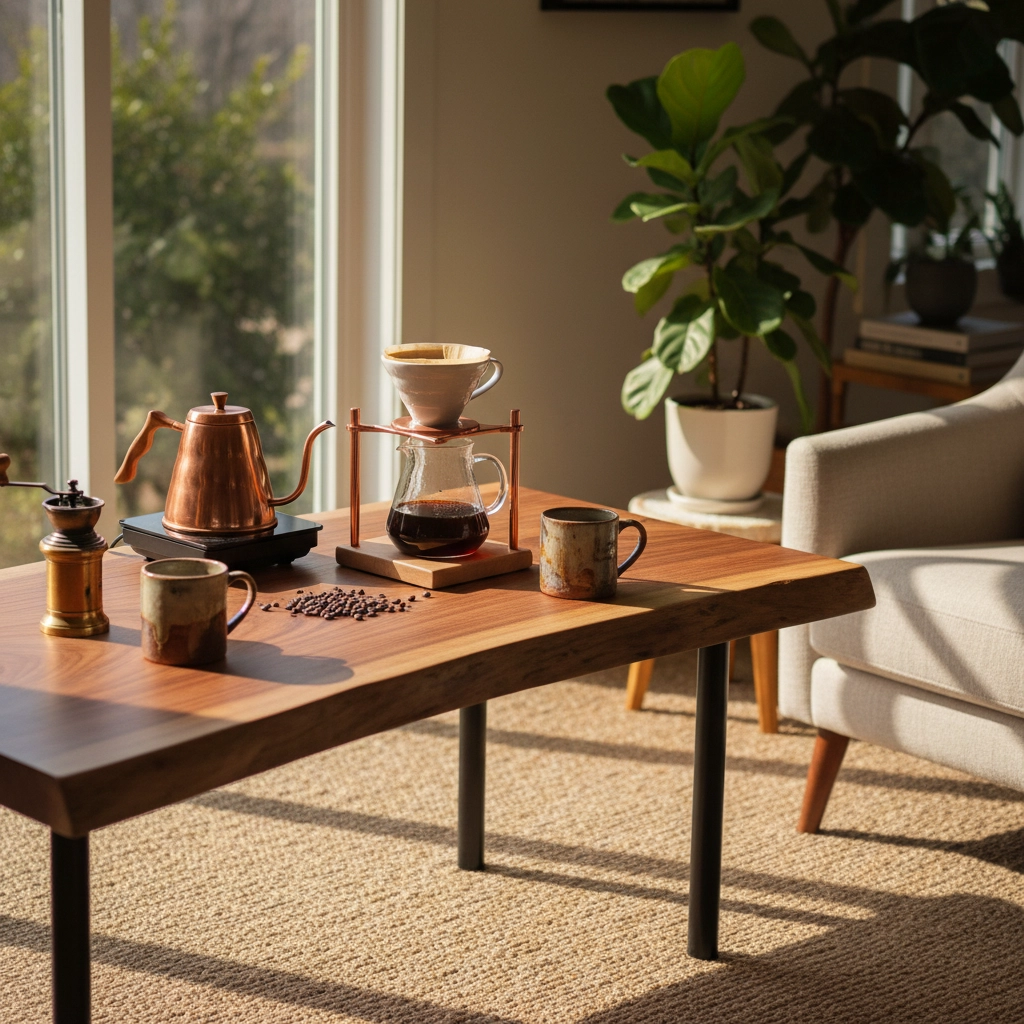
Remember that creating a truly cozy, relaxing atmosphere is an ongoing process, not a one-time project. Your needs may change with seasons, life circumstances, or simply your evolving preferences. The most important thing is creating a space that consistently supports your well-being and provides that essential sanctuary from the world's demands.
Your home should be your refuge – a place where you can breathe deeply, move slowly, and reconnect with what matters most. By thoughtfully considering lighting, color, comfort, organization, and personal touches, you're not just decorating a space; you're crafting an environment that actively supports your mental health and overall quality of life.




